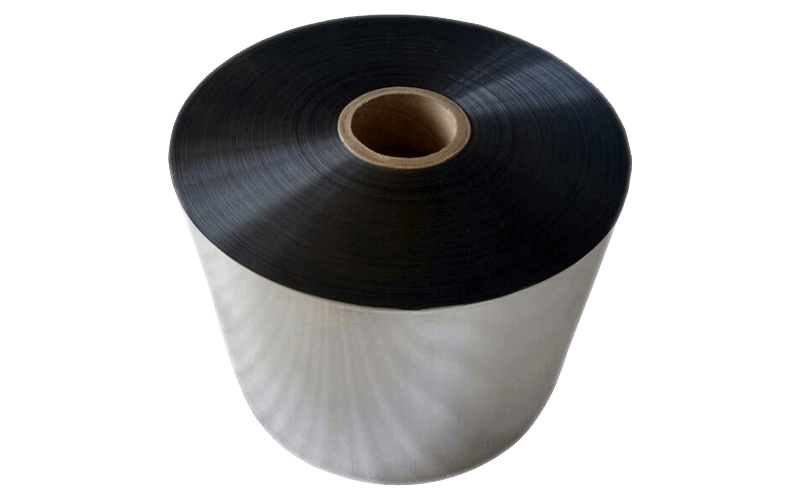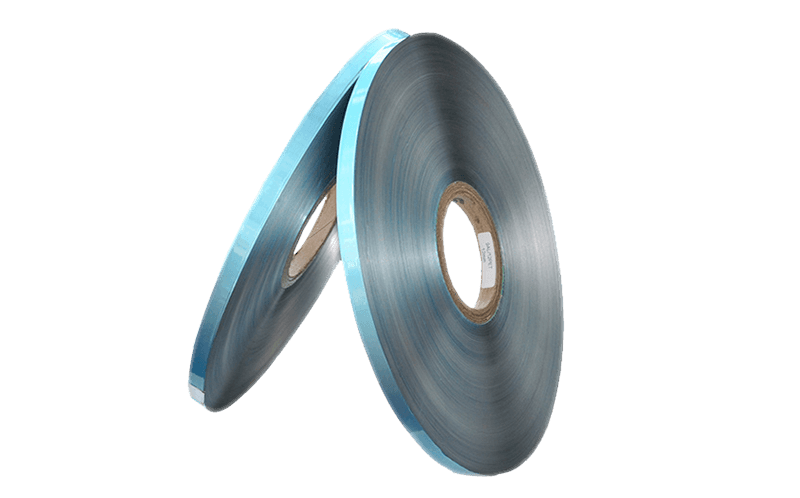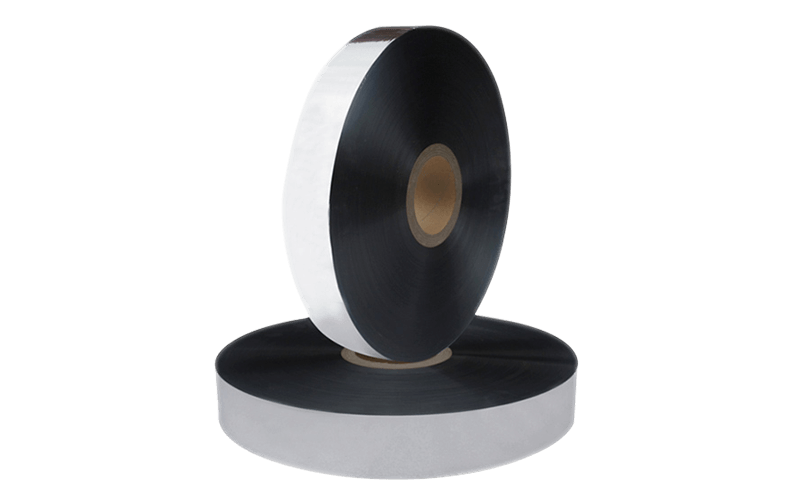Cable insulation materials play a critical role in the […]
Cable insulation materials play a critical role in the reliable performance and safety of electrical systems. These materials are used to protect and insulate the conductive cores of cables, ensuring that electrical currents flow smoothly and safely without any risk of short circuits or electrical hazards. With advancements in technology and the growing demand for efficient and sustainable electrical infrastructure, the selection of appropriate cable insulation materials has become crucial in various industries, including power transmission, telecommunications, automotive, and construction.
The primary purpose of cable insulation materials is to provide electrical insulation, preventing the leakage of current and minimizing the risk of electrical shocks or fires. These materials act as a barrier between the conductive cores and the surrounding environment, effectively isolating the conductors from external influences. Insulation materials must exhibit high dielectric strength and resistance to electrical breakdown, ensuring that the electrical energy is efficiently transmitted through the cables without any loss or interference.
One of the commonly used cable insulation materials is polyvinyl chloride (PVC). PVC insulation offers excellent electrical properties, thermal stability, and resistance to moisture, making it suitable for a wide range of applications. PVC-insulated cables are widely used in building wiring, power distribution, and automotive wiring harnesses due to their cost-effectiveness and versatility. PVC insulation provides reliable electrical insulation, and its flexibility allows for easy installation and routing of cables.
Another popular insulation material is cross-linked polyethylene (XLPE). XLPE insulation offers superior electrical properties, high thermal resistance, and excellent mechanical strength. These properties make XLPE-insulated cables ideal for high-voltage applications, such as power transmission and distribution. XLPE insulation can withstand higher operating temperatures, making it suitable for demanding environments. Additionally, XLPE-insulated cables exhibit low dielectric losses and excellent resistance to environmental stresses, ensuring reliable performance and longevity.
there has been a growing demand for more environmentally friendly and sustainable cable insulation materials. This has led to the development and adoption of materials such as thermoplastic elastomers (TPE) and thermoplastic polyolefin (TPO). These materials offer good electrical properties, flexibility, and enhanced resistance to weathering and UV radiation. TPE and TPO insulation materials are recyclable, reducing environmental impact and supporting sustainability initiatives.
advancements in nanotechnology have paved the way for the development of nanocomposite insulation materials. These materials incorporate nanofillers, such as carbon nanotubes or nanoclays, into the polymer matrix to enhance the electrical and mechanical properties of the insulation. Nanocomposite insulation materials offer improved dielectric strength, thermal stability, and flame resistance, making them suitable for high-performance and critical applications where reliability and safety are paramount.
It is worth noting that different cable insulation materials have specific advantages and limitations, and the selection of the appropriate material depends on factors such as the application requirements, operating conditions, and regulatory standards. Safety regulations and industry standards play a crucial role in determining the suitability and compliance of insulation materials for specific applications.




